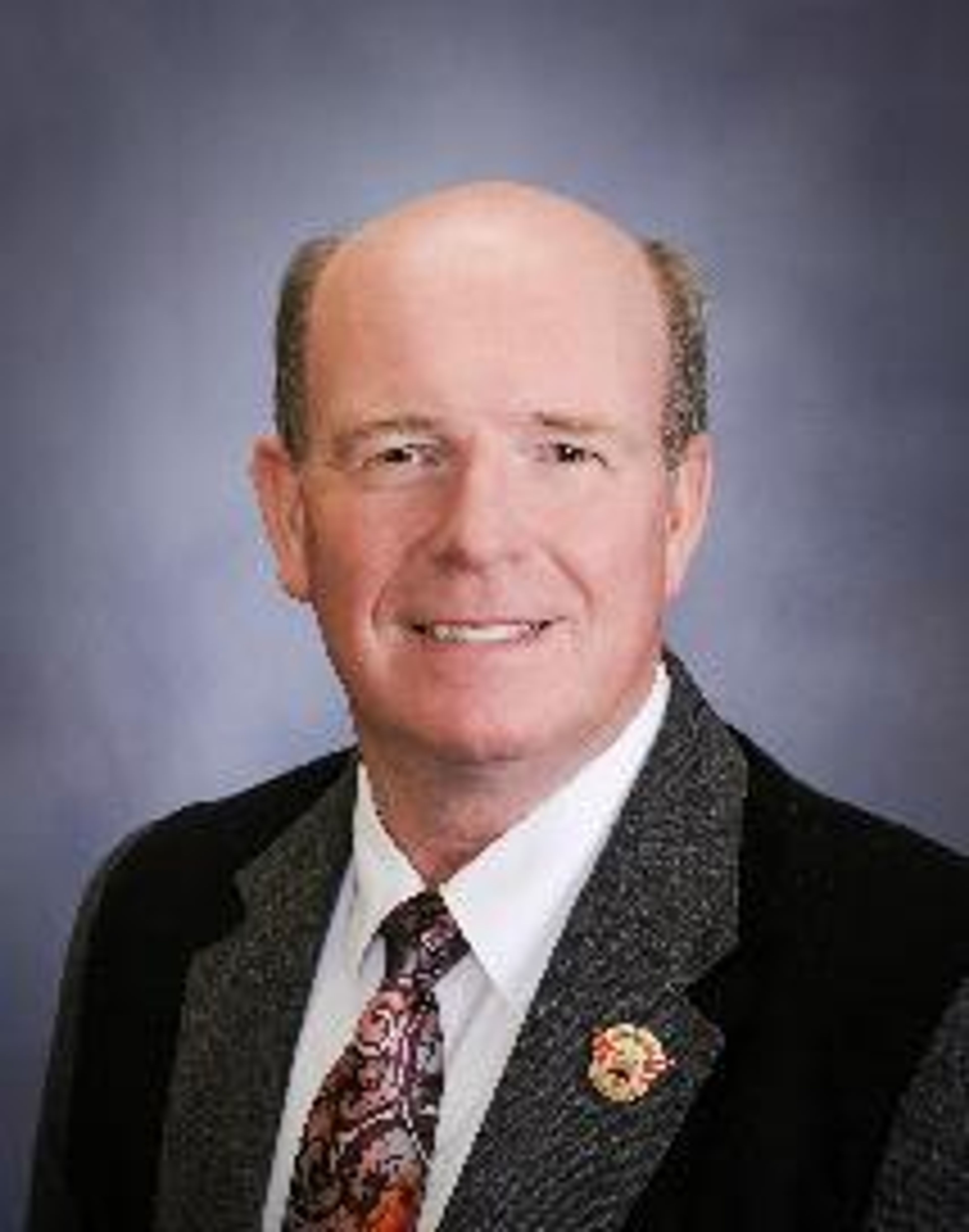Idaho is almost done removing all ineligible recipients from Medicaid
The state of Idaho is almost done removing people from Medicaid whom state health officials flagged — either for being ineligible for the program, or not replying to the state’s requests for new information.
A federal law during the COVID-19 pandemic stopped states from removing people from Medicaid. States may now remove people who no longer qualify. But Idaho didn’t stop processing renewals for people on Medicaid during the pandemic, and instead of removing ineligible people from the program during the renewal process, state officials flagged them as likely to be removed.
The state health department flagged about 153,000 people in that time — either because they didn’t respond to the state’s requests for their information, or their records showed they were ineligible for Medicaid. Those people became what Idaho called the “Medicaid Protection” population.
But the state will still be reaching out to Medicaid recipients outside of that population group. The Idaho Department of Health and Welfare will re-evaluate the eligibility of all Idahoans who access health insurance through the program — a total of 450,000 people — largely funded by federal tax dollars but which uses $4.5 billion in state tax dollars.
So far, the state has processed 118,710 re-evaluations in the Medicaid Protection population.
Of those, 89,325 people were removed from Medicaid, due to coverage ineligibility or for not replying to the state. Most of those people — 48,857 — were removed for “procedural” reasons, meaning they didn’t reply to the state’s requests for information, Idaho Department of Health and Welfare spokesperson Greg Stahl said.
Idaho has the ninth-highest disenrollment rate — 57% of all applications reviewed were removed — compared to all states, according to data collected by KFF.
It’s to be expected that Idaho was disenrolling applications at a higher rate than some other states, said Joan Alker, executive director of the Georgetown Center for Children and Families, because it targeted the so-called Medicaid Protection population likely to be removed from the program, which she said other states have also done.
“Idaho certainly distinguishes itself by being one of the states to go and try to get out there quickly and start disenrolling people,” said Alker, a national expert on Medicaid. Her center has followed Medicaid disenrollment across the country.
About 3.7 million people across 41 states and D.C. have been removed from Medicaid, KFF reports. Among states that say why people were removed, 74% of removals were for procedural reasons, KFF reports.
Idaho state officials only know that 3 in 10 of 73,000 people removed from Medicaid were ineligible, the Georgetown center reports. And most of the people who remained on the program did so by replying to the state’s request for information.
Idaho will keep evaluating the eligibility of everyone on Medicaid
Idaho only has about 30,000 more people in Medicaid Protection group to review. The state health department plans to wrap up disenrolling those Medicaid enrollees at the end of August, said Shane Leach, administrator of the Division of Welfare in the Idaho Department of Health and Welfare.
“We’re in a really good shape,” Tonya Standerfer, self-reliance deputy administrator at the Idaho Department of Health and Welfare said in an interview about Idaho’s Medicaid disenrollment process. “Many other states, they completely stopped. They haven’t done a renewal in three years. So they’re just starting up from scratch.”
After September, Idaho’s procedural disenrollment numbers are going to become “really low,” Standerfer said. That’s when the state will just be evaluating the eligibility of the Idaho Medicaid population, rather than people it flagged.
Idaho will complete Medicaid unwinding in February 2024, when it completes evaluating the eligibility of all 450,000 people who were on Idaho Medicaid this spring, when the federal government let states begin removing people from the program.
How are Idahoans removed from Medicaid getting health care?
It’s unclear where people removed from Medicaid are getting insurance.
Some people removed from the state’s program are accessing insurance on the state’s health insurance exchange, Your Health Idaho, which is the only place Idahoans can receive tax credits on their monthly health insurance premiums.
The exchange has been reaching out to people disenrolled from Medicaid, director Pat Kelly told the Idaho Capital Sun. He said the exchange had sent more than 300,000 notices to Idahoans since Medicaid unwinding began by late July.
“We’ve done open enrollment for years,” Kelly said, referring to an eight weeklong period each year when anyone can enroll in insurance through the exchange. “This is open enrollment on steroids … trying to ensure no one experiences a gap in coverage. And also making sure everyone knows what their options are.”
Kelly said the exchange expected to see 10,000 more people enroll in plans offered through Your Health Idaho by private insurance companies, but so far more than 12,000 have enrolled in plans.
That makes up more than 10% of all policies on the exchange, he said. And much of that influx came in March, April and May — when the state was removing people from Medicaid that were no longer eligible. It has slowed down since then. The state in June began processing procedural disenrollments for people who didn’t respond to the state’s outreach.
“We’re at the very beginning. We are going to see families show up at the doctor and not know that they have lost health insurance coverage over the coming months,” said Idaho Voices for Children Policy Analyst Hillarie Hagen.
How to know if you’re eligible for Idaho Medicaid?
But even if you’re kicked off Medicaid, you can come back to the program at any time, officials say. Medicaid also offers retroactive coverage for people who re-enter the program within 90 days, Stahl said.
Alker said many states are claiming that restoring coverage solves the problem, but she said that misses the health needs people experience while uninsured.
“People have problems in these gaps. If they need medications, they can’t get it. They can’t afford it during the gap. They can incur large medical bills during the gap. And they’ll have to try to get those covered retroactively,” Alker said. “… It’s no way to run a railroad, to have tens of thousands of people go off and then get back on.”
Idaho Medicaid is open to adults who earn less than 138% of the federal poverty limit — which is $20,120 a year for a single person. Eligible people can re-enroll at any time. Low income children are also eligible for Medicaid, as are children with disabilities and behavioral health needs.
People whose Medicaid is up for an annual eligibility review receive a mailed letter and a text notifying them that they need to update their information if they’d like to continue being eligible for the program, Stahl said. If mail is returned to sender, which would indicate that someone moved, state health department staff call and email people to contact them about renewing their Medicaid, Standerford said.
But those removed from Medicaid have a limited window that allows them to access insurance on the Your Health Idaho exchange.
To enroll, people must enroll in a policy at Your Health Idaho 60 days before losing coverage from Medicaid or 90 days after losing Medicaid, or prove that they had another reason to change their health insurance plan, like getting married, having a child, getting divorced or losing health insurance, which insurance companies commonly call qualifying life events.
Insurance on Your Health Idaho allows people earning moderate to low incomes to qualify for tax subsidies to reduce the amount they pay toward health insurance. Visit yourhealthidaho.org or call 855-944-3246 to learn more, or check out its pre-eligibility calculator, where you can enter your information to learn how much money you can save on insurance.
Idaho Capital Sun is part of States Newsroom, a network of news bureaus supported by grants and a coalition of donors as a 501c(3) public charity. Idaho Capital Sun maintains editorial independence. Contact Editor Christina Lords for questions: info@idahocapitalsun.com.





